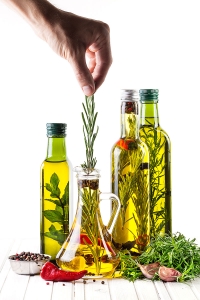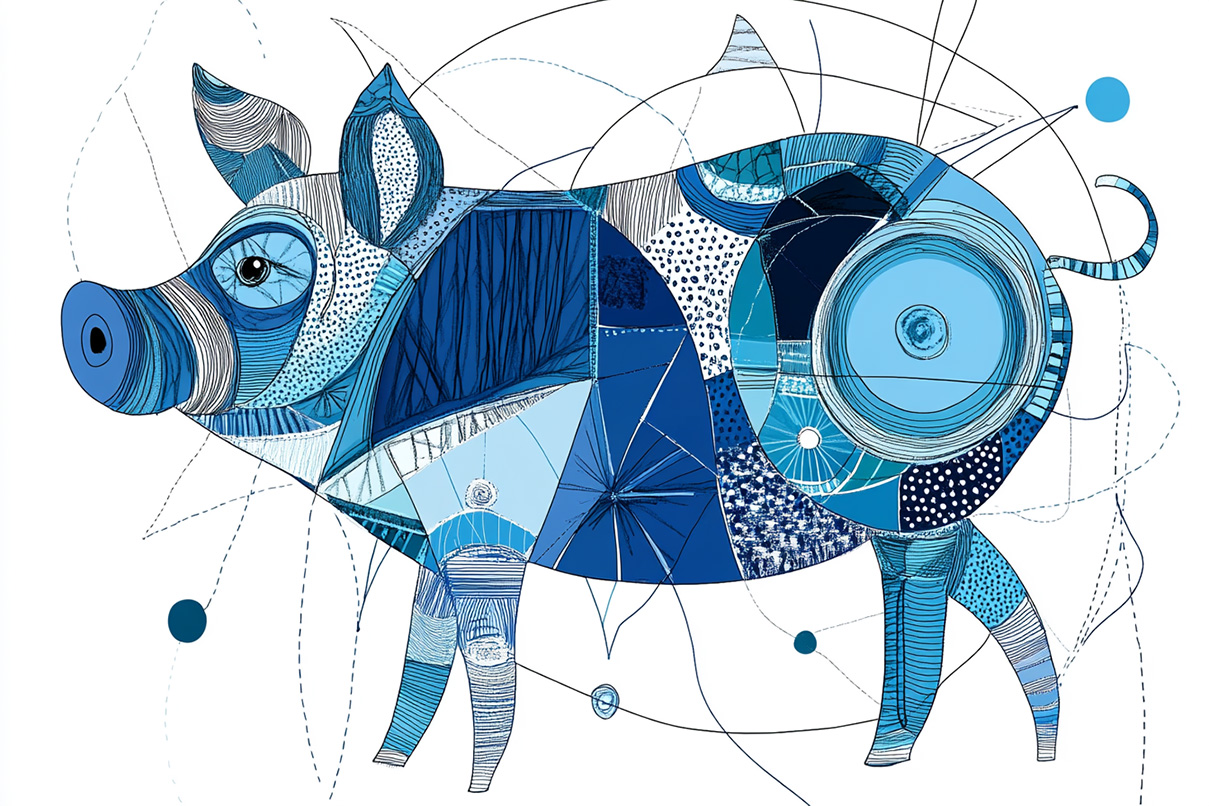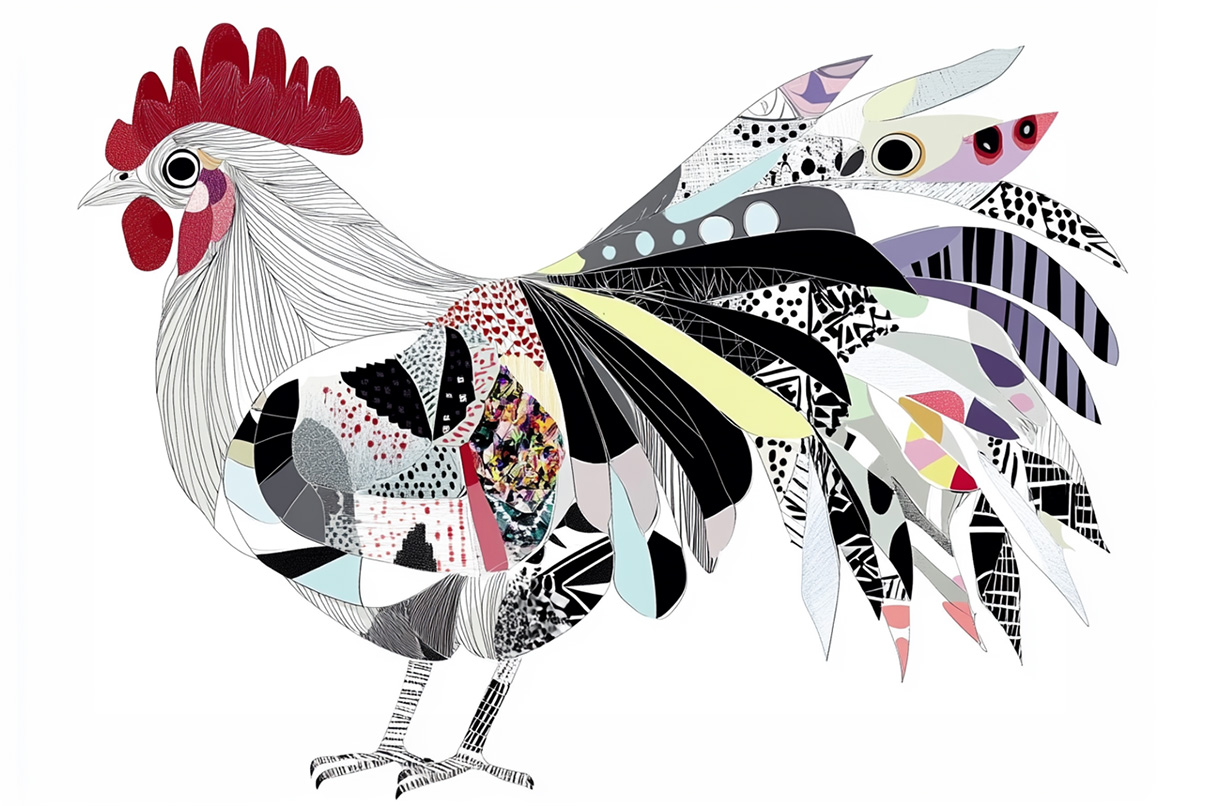
How To Make Herbal Remedies
Why Herbs?
It works! Uplift your spirits, restore your present health, and take pleasure in absolute tranquility.
It is environmentally clean. The use of herbs allows us to experience the embrace of nature and, through it, the miraculous touch of the divine. More people recognize that green medicine is healthy for the individual and for the environment.
We can make friends with our medicine. Herbalism offers a unique opportunity to develop a relationship with our medicine. We can grow our own herbs and get to know them.
Self-help and empowerment. A sense of control over one’s life and the experience of personal empowerment in taking responsibility for one’s own health are vital.
Brewing Herbal Teas

Herbal teas are generally light, pleasant-tasting beverages used as gentle remedies. To make a tea, place 1 teaspoon to 1 tablespoon of herbs in a cup. Bring some water to a boil and pour enough over the herbs to fill the cup. Cover and let steep for up to 10 minutes, then strain. The usual dosage is ¼ to 1 cup up to four times daily.
Herbal teas is my favorite way of using herbs medicinally. The mere act of making tea and drinking it involves you in the healing process. Though medicinal teas are generally not as potent or as active as tinctures and other concentrated herbal remedies, they are the most effective medicines for chronic health concerns.
If you’re going to brew tea for medicinal purposes, you want to get the most out of the herb.
There are essentially two ways to prepare the perfect cup of herbal tea: an infusion, in which the herbs are steeped, and a decoction, in which the herbs are simmered for a period of time.
Use organic herbs whenever possible. Your tea is going to be only as good as the herbs you put in it. If you’re gathering fresh herbs in the wild, be absolutely certain they have not been sprayed or exposed to pesticides or pollution, such as those growing alongside a road.
Herbal teas can be drunk hot, at room temperature, or iced. They can be made into popsicle or ice cubes with fresh fruit and flowers and used to flavor festive holiday punches.
How To Make Herbal Teas
Equipment:
Kettle
Tea cup
Recipe Ingredients:
Herbs
1 cup of water
Honey to taste
Instructions:
Step 1. Boil the water
Step 2. Put 1 teaspoon of the herbs in a tea cup and add 1 cup of boiling water and let it steep while covered for 10 -15 minutes. If using herbal roots such as ginger, you may need to steep it for up to 20 minutes.
Step 3. Add honey to suit your taste before drinking.
Rules of Thumb
For an infusion: Pour boiling water over the herbs. Stir well, cover the pot, and steep 10 to 30 minutes.
For a decoction: Add the herbs to boiling water and stir well. Cover the pot and simmer on low heat from 20 to as long as 60 minutes, if, for example, you’re using large, whole roots such as ginseng.
Infuse or Decoct?
Infusions, like teas, are made by steeping herbs in hot (or sometimes cold) water. They are stronger, more concentrated preparations, allowing you to give smaller doses. To make an infusion, bring 1 quart of water to a boil. Remove from heat, stir in ½ to 1 ounce dried herbs, or 1 to 2 ounces fresh; cover and let steep 30 minutes to 2 hours, depending upon the strength desired. Strain, then drink. The usual dosage for an infusion is anywhere from ¼ cup to 1 cup two to four times daily, or sipped throughout the day as needed.
An infusion is the better technique for brewing teas when leaves, flowers, or crushed berries or seeds are used. These ingredients easily release their essential oils and valuable nutrients while steeping in hot water. The basic rule of thumb is to pour boiling water over the herbs, cover the pot, and allow to steep anywhere from 10 to 30 minutes. The longer a tea steeps, the stronger it will taste, but herbalists agree that, for some formulas, a longer steeping time allows nutrients to be extracted more fully.
Decoctions, on the other hand, are the method of choice when brewing teas from roots, barks, and more woody parts of herbs. It’s a harder to extract the essence from these parts, so a slow simmer is often required. Place herbs in a small saucepan and cover with cold water. Heat slowly and simmer, with the lid on, for 20 to 60 minutes, depending on the size of the pieces — to release its valuable properties. Again, the longer you simmer the herbs, the stronger the tea will be.
Brewing with Berries and Seeds
It’s best to crush berries and seeds and infuse them with the leaves and flowers rather than decoct them with the roots, which destroys the more volatile properties released during crushing.
You’re probably wondering, what if you’re using a combination of ingredients, both leaves and roots, for example? The basic technique is actually to both infuse and decoct — simmer the roots 20 minutes in a covered container, remove the pot from the heat, add the leaves, stir well, cover, and steep 10 to 20 minutes.
Brewing in Large Quantities
You can always brew enough tea at a time to last you a whole day, or even 2 or 3 days. Leftover teas should always be refrigerated, though — you can warm them up again over a stovetop or in a microwave oven.
How To Make Herbal Tinctures
Tinctures, also called fluid extracts, are alcohol and water extractions of plants. The combination of solvents allows for maximum extraction of a number of plant constituents that are not highly soluble in either water or alcohol alone. Because of their concentrated nature, tinctures can be taken in small quantities — often as little as 20 to 60 drops — and they are highly portable, making them convenient for travel, work, and school use. Because of their alcohol content, they also have a very long shelf life — up to five years — and are easily absorbed by the body. To help them remain viable, store tinctures in a cool, dark location.
Tinctures are concentrated extracts of herbs. They are taken by simply diluting a dropperful or two of the tincture in warm water or juice. Most tinctures are made with alcohol as the primary solvent or extractant. Effective tinctures can be made with vegetable glycerin or apple cider vinegar as the solvent. Though they may not be as strong as alcohol-based preparations, they do work and are preferred for children and people who are alcohol sensitive.
Some of the alcohol in tinctures can be removed by placing the tincture in boiling water for one to two minutes. This method is only effective for removing about 50 percent of the alcohol; there will always remain some residual alcohol.
Equipment
Glass jar with tight fitting lid
Dark tincture bottles
Cheesecloth
Labels
Basic Herbal Tincture Ingredients
Herbs
80-100 proof vodka
Instructions
Step 1. Fill 1/3 of the glass jar with the chopped herbs.
Step 2. Add the vodka to completely fill the jar to the top. A rough guide is 7 oz (200 gm) of dried herbs or 14 oz (400 gm) of fresh herbs for 30 oz (1 liter of vodka).
Step 3. Seal the jar and label it with the date of preparation and name of herb used.
Step 4. Store the glass jar in a dark place for 4-6 weeks ensuring that you shake them weekly or daily.
Step 5. After 4-6 weeks strain out the herbs with a cheesecloth and pour the tincture into dark tincture bottles.
Step 6. Label the tincture bottles with the date and name of herb used.
Step 7. Store your herbal tinctures away from light and heat.
Tips
Pick your herbs early in the morning just after the dew has dried.
You can leave the herbs in the alcohol for up to 6 months if you want to create very strong tinctures.
To make your tinctures doubly strong, you can pour the tincture after straining in step 5 above and store it for six more weeks.
Though the dose varies, a standard dose is 1 teaspoon diluted in water or tea and taken 1-3 times a day.
How To Make Herbal Oils
 Herbal oils are simple to make, and may be used as a base for salves and ointments. By using different combinations of herbs and oils, you can make either strong medicinal oils or sweet-scented massage and bath oils. Though any good-quality vegetable oil may be used, the oil of choice for medicine is olive; there simply is no finer oil for this purpose.
Herbal oils are simple to make, and may be used as a base for salves and ointments. By using different combinations of herbs and oils, you can make either strong medicinal oils or sweet-scented massage and bath oils. Though any good-quality vegetable oil may be used, the oil of choice for medicine is olive; there simply is no finer oil for this purpose.
If your herbal oil grows mold, there is either too much water content in the herb or moisture in the jar. Use dry herbs or wilt the herbs before using. Be absolutely certain the container is completely dry. Check the lid for moisture; it is often the culprit.
Equipment
Double boiler
Large glass bowl
Sieve and cheesecloth
Sterilized dark jars
Recipe Ingredients
16 fl oz. (500 ml) pure vegetable oil such as sweet almond oil or sunflower oil.
8 oz. (250 grams) dry, organic, slightly crushed herbs or 16 oz. (500 grams) fresh, organic herbs which are thoroughly washed, dried and slightly bruised.
Instructions
Step 1. Place the bruised herbs and oil in the glass bowl ensuring that the oil covers the herbs. Simmer them in a double boiler for one hour at a temperature of around 120 degrees Fahrenheit. Do not let the oil and herbs boil. You can repeat this step several times after letting the oils cool to create more concentrated herb infused oils. You can make your oils even more concentrated by adding a fresh bunch of herbs with each re-simmering.
Step 2. Strain the mixture through the sieve and cheesecloth into a clean, dark jar ensuring you squeeze out as much oil as you can from the herbs in the cheesecloth.
Step 3. Label your jars with the manufacturing date, expiry date, herb and oils used.
Step 4. Store your herb infused oils in a cool dark place or in the refrigerator and use them within 3 months
How To Make Herbal Pills
Herbal pills are simple and practical to make. You can formulate your own blends and make them taste good enough so that even children will eat them. Formulate them with herbs for the throat to make a tasty sore throat remedy to suck on.
To make herbal pills:
Step 1. Place powdered herbs in a bowl and moisten with enough water and honey (or pure Vermont maple syrup) to make a sticky paste.
Step 2. Add a tiny drop of essential oil such as peppermint or wintergreen oil and mix well.
Step 3. Thicken with carob powder. Add enough carob to form a smooth paste. Knead until smooth, like the texture of bread dough.
Step 4. Roll into small balls the size of pills. You can roll again in carob powder for a finished look.
Step 5. Place on a cookie sheet and dry in a very low oven or sun dry for a day. These pills, once dried, will store indefinitely in the refrigerator in a glass jar with a tight-fitting lid.
How To Make Herbal Syrups
Herbal Syrups are the yummy way to take herb. Because they are sweet, children often prefer their medicine in this form. They are delicious, concentrated extracts of the herbs cooked into a sweet medicine with the addition of honey and/or fruit juice. Vegetable glycerin may be substituted for honey; it is an excellent medium for the herbs and is very nutritious for children.
Instructions
Step 1. Use two ounces of herb mixture to one quart of water. Over low heat, simmer the liquid down to one pint. This will give you a very concentrated, thick tea.
Step 2. Strain the herbs from the liquid. Compost the herbs and pour the liquid back into the pot.
Step 3. To each pint of liquid, add one cup of honey (or other sweetener such as maple syrup, vegetable glycerin, or brown sugar). Most recipes call for two cups of sweetener (a 1:1 ratio of sweetener to liquid). I find it far too sweet for my taste, but the added sugar helped preserve the syrup in the days when refrigeration wasn’t common.
Step 4. Warm the honey and liquid together only enough to mix well. Most recipes instruct you to cook for 20 to 30 minutes longer over high heat to thicken further. It does certainly make thicker syrup, but I’d rather not cook the living enzymes out of the honey.
Step 5. When finished heating, you may add a fruit concentrate to flavor, or a couple of drops of essential oil such as peppermint or spearmint, or a small amount of brandy to help preserve the syrup and to aid as a relaxant in cough formulas.
Step 6. Remove from the heat and bottle for use. Syrups will last for several weeks, even months, if refrigerated.
How To Make Herbal Candy
Far more delightful than taking herbs in tinctures or pill form are these delicious medicinal “candies.” You can mix just about any herbal formula this way. By carefully measuring the amount of herbs and the number of balls you make, you can calculate fairly accurately an appropriate daily dose.
Instructions
Step 1. Grind raisins, dates, apricots, and walnuts in a food processor or grinder. Alternatively, you can mix nut butter (such as peanut, almond, or cashew) with honey in equal portions. If you’re concerned about the use of honey (due to reports of botulism), then use maple syrup, rice syrup, or maple cream.
Step 2. Stir in shredded coconut and carob powder.
Step 3. Mix in the herb powders well.
Step 4. Roll mixture into balls. Roll again in powdered carob or coconut. Store in refrigerator.
Share this article

Written by : Grace Chen
Hi, I'm Grace Chen. I’m enthusiastic about Traditional Chinese Medicine, natural healing including Chinese Medicinal Herbs, Acupressure, Qi-Gong, foot massage and more. My passion for herbs had been a lifelong journey beginning as a young girl always been fascinated by my grandfather’s Chinese Herbal Medicine chest, full of amazing goodies helping people get well. To chase my dreams, I created a website, HerbalShop.com to share my passion, my grandfather Dr. Chen’s herbal recipes, interesting new and the translation of the classical Chinese herbal formulas with the world. Hope you enjoy it!
Follow us
Latest articles
February 18, 2025
February 18, 2025
February 18, 2025







